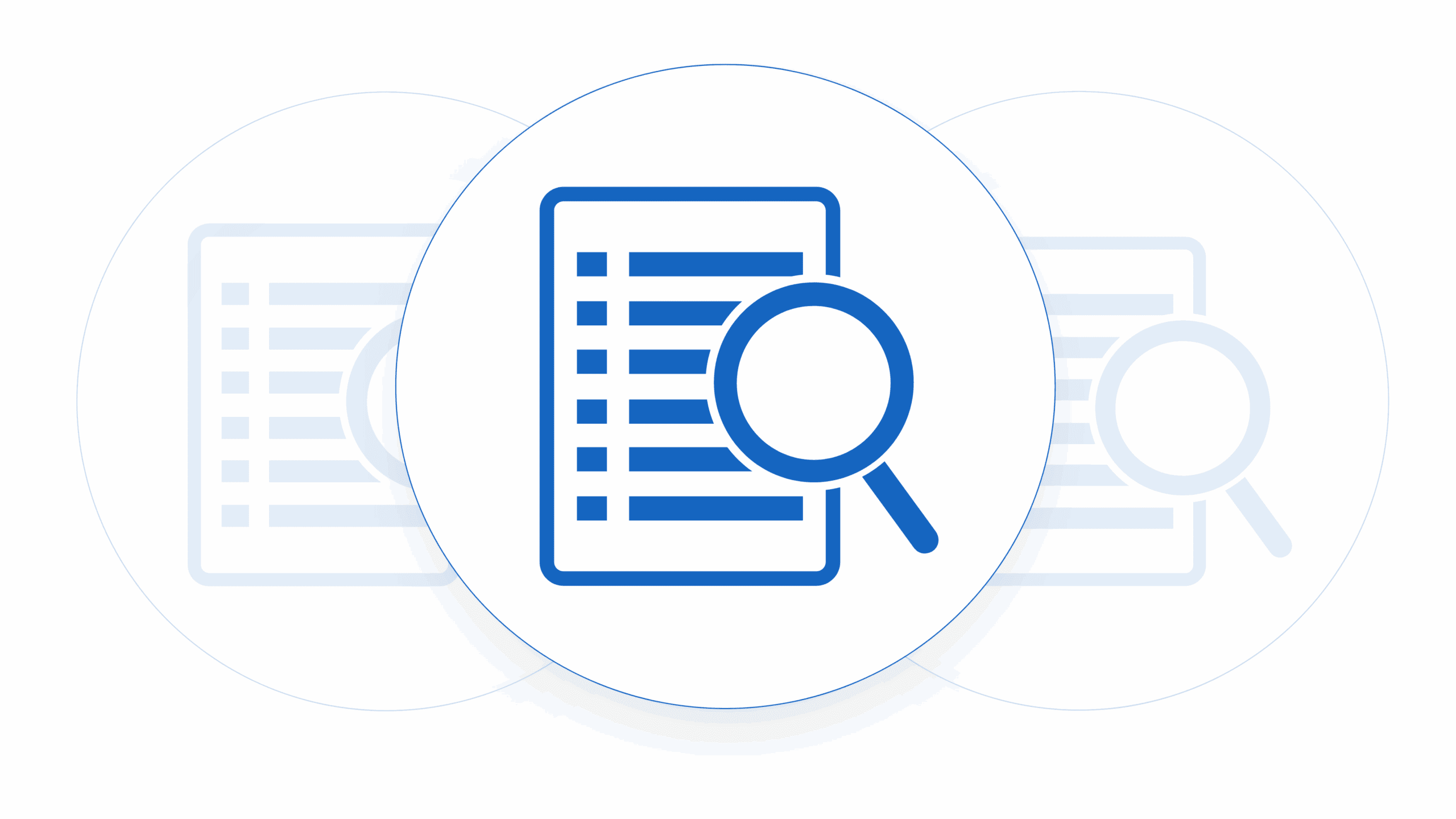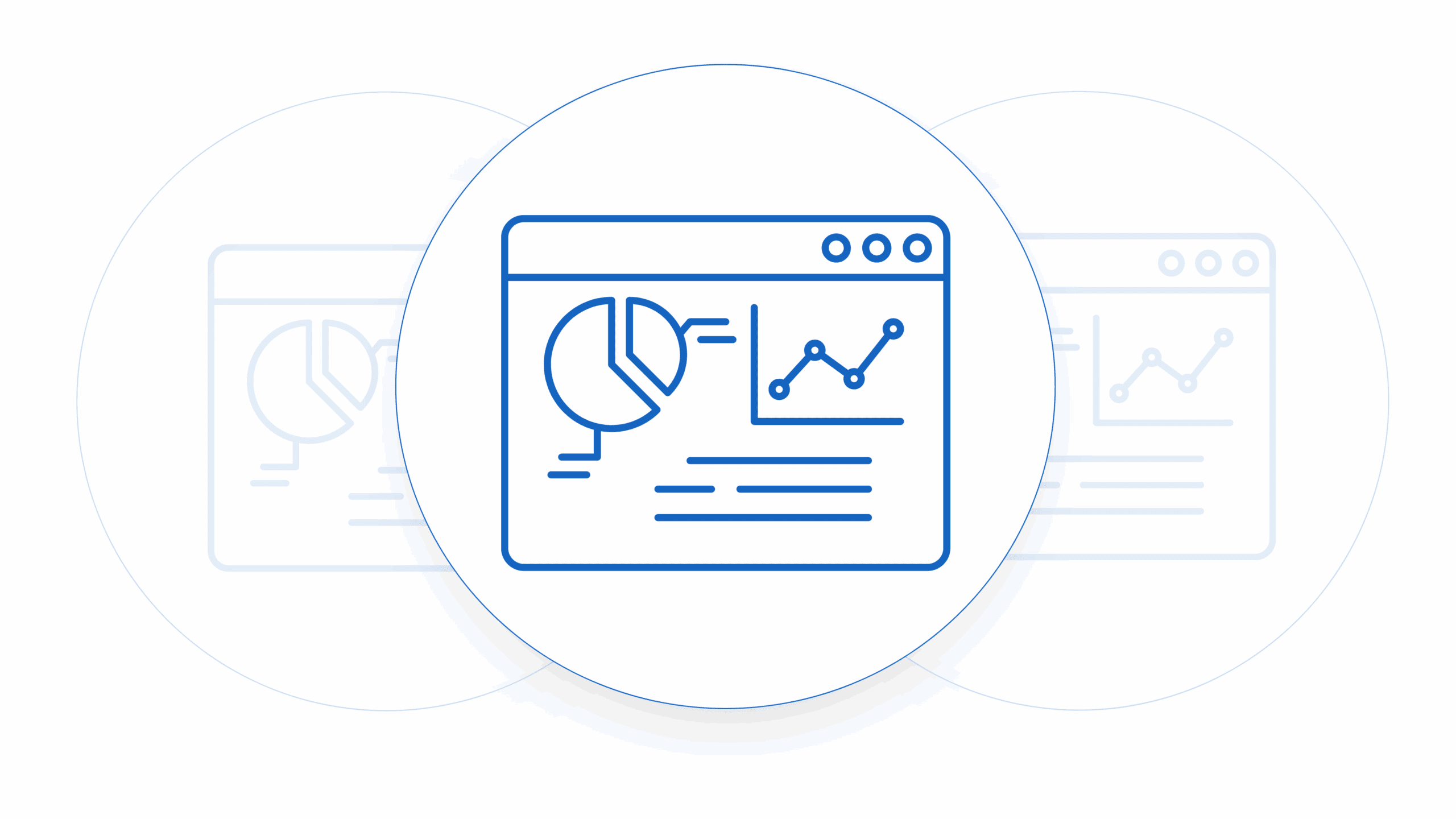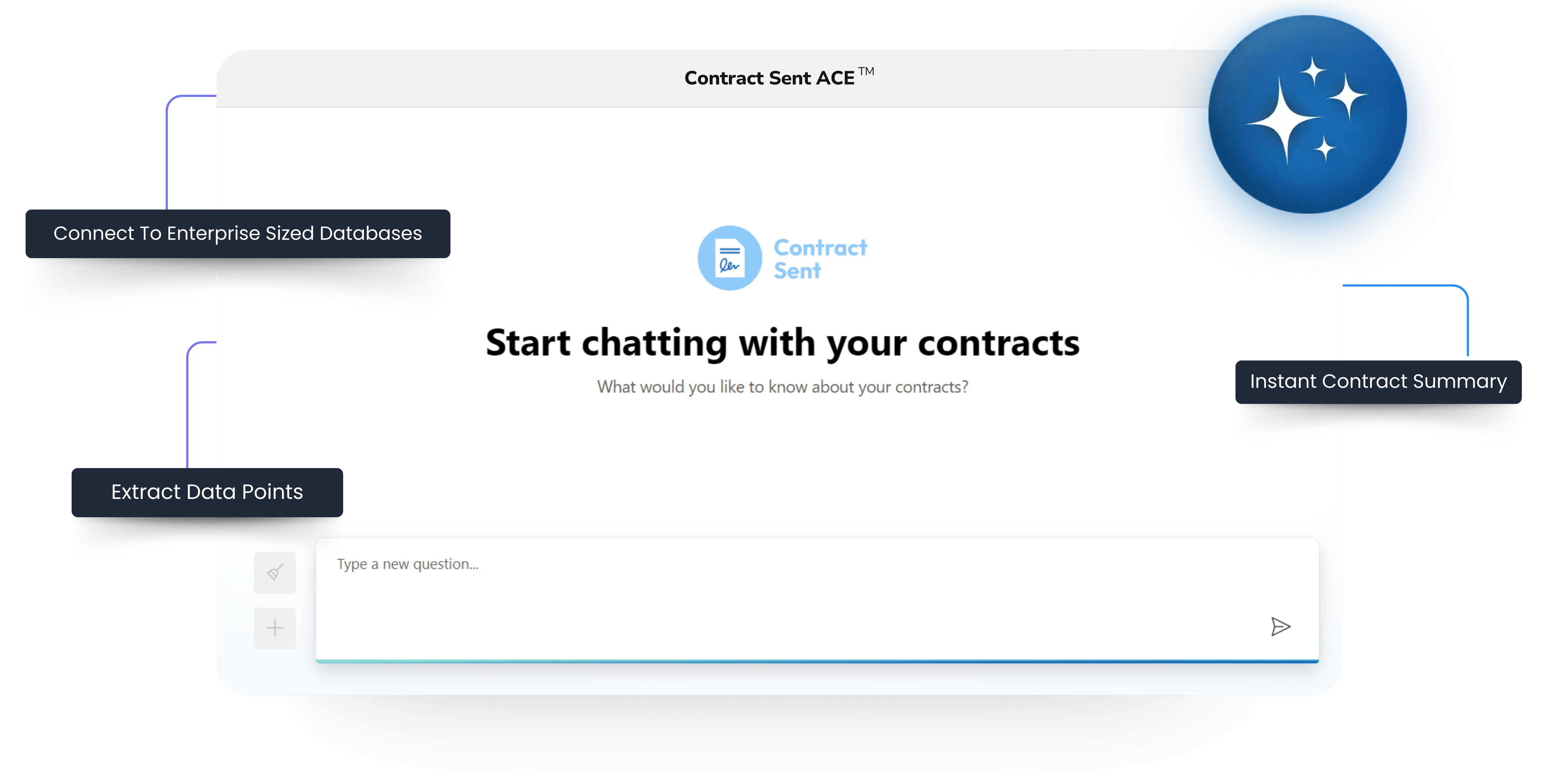What is indemnification?
Indemnification is a legal term that refers to the process of one party providing financial protection or compensation to another party for losses or damages that the other party has incurred. In the context of a contract, indemnification is often used to protect one party from any financial responsibility for losses or damages that may arise from the performance of the contract.
For example, if a company contracts with another company to build a new facility, the contract may include a clause that requires the building company to indemnify the owner of the facility for any losses or damages that may occur as a result of the construction process. This means that if something goes wrong during the construction and the owner of the facility incurs any costs as a result, the building company would be responsible for covering those costs.
Indemnification clauses are often used in contracts to protect one party from potential liability, and they can be written to cover a wide range of potential losses or damages. They are commonly found in construction contracts and employment contracts, and they are now the norm in software as a service contract.
1. How does indemnification apply to software as a service?
In a software as a service (SaaS) contract, indemnification may be used to protect the SaaS provider from liability for losses or damages that may arise from the use of the software. For example, if the SaaS provider offers a software application that is used to manage financial transactions, the contract may include an indemnification clause that requires the SaaS provider to compensate the user for any losses or damages that result from errors or malfunctions in the software.
Indemnification in a SaaS contract may also cover losses or damages that result from the unauthorized use of the software, or third-party claims against the user related to the use of the software. The scope of the indemnification clause may be limited to certain types of losses or damages and may exclude losses or damages that are caused by the user’s actions or inactions.
It is important for users of SaaS contracts to carefully review the indemnification provisions to understand their rights and responsibilities in the event of any losses or damages that may arise from the use of the software. Users should also consider seeking legal advice to ensure that they fully understand the indemnification provisions and how they may be impacted in the event of a claim.
2. Are indemnification clauses in contracts important for startups?
Indemnification clauses can be important for startups to consider in contracts, as they can protect against potential losses or damages that may arise from the performance of the contract.
Startups may be particularly vulnerable to financial losses or damages, as they may not have the resources or financial stability of larger, more established companies. An indemnification clause in a contract can help to ensure that a startup is not left holding the bag for any losses or damages that may arise from the performance of the contract, and can help to mitigate the financial risks associated with entering into the contract.
However, it is important for startups to carefully review any indemnification provisions in contracts and to fully understand their rights and responsibilities under the clause. Startups should also consider seeking legal advice to ensure that the indemnification provisions are fair and reasonable, and to ensure that they are aware of any potential risks or liabilities that may be associated with the clause.
What does a SaaS indemnification clause look like?
“Provider shall indemnify, defend, and hold harmless Client and its affiliates, officers, directors, employees, and agents from and against any claims, demands, losses, damages, judgments, settlements, costs, and expenses (including reasonable attorneys’ fees) that arise from or relate to any breach of this Agreement by Provider or any errors or malfunctions in the Software. Provider shall have no liability for any claims, demands, losses, damages, judgments, settlements, costs, and expenses that arise from or relate to the unauthorized use of the Software, or from any third-party claims against Client related to the use of the Software.”
This indemnification clause requires the SaaS provider to compensate the user (Client) for any losses or damages that may arise from errors or malfunctions in the software or the unauthorized use of the software. It also requires the SaaS provider to defend the user against any third-party claims related to the use of the software.
It is important to note that indemnification clauses can vary widely and may include different terms and provisions depending on the specific needs and circumstances of the parties involved. Users of SaaS contracts should carefully review the indemnification provisions in any contract to fully understand their rights and responsibilities, and to ensure that the provisions are fair and reasonable.












